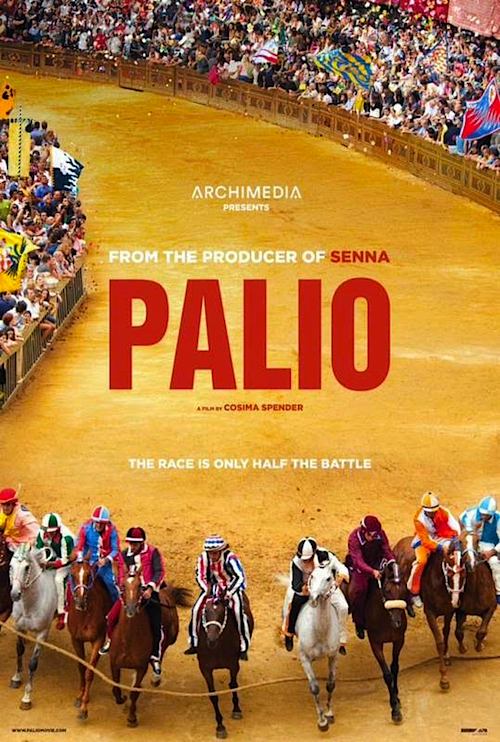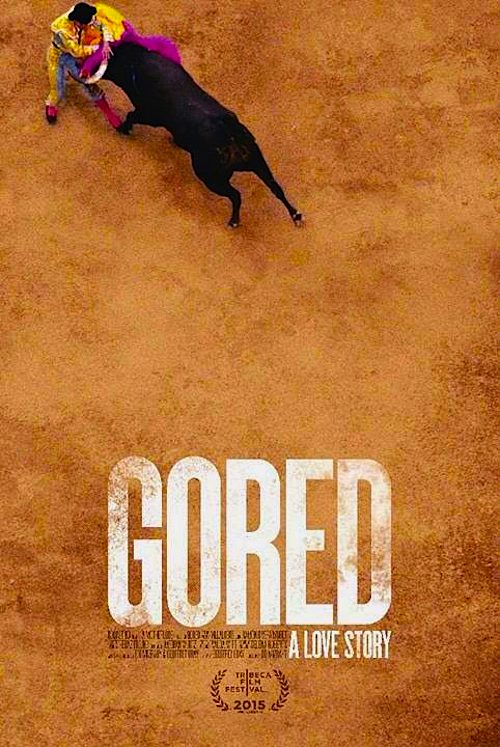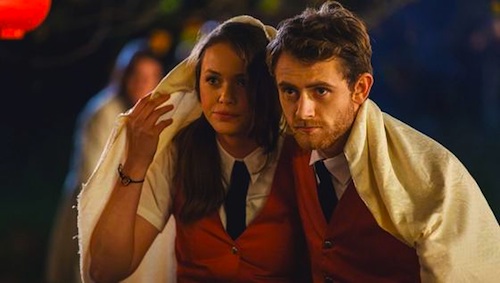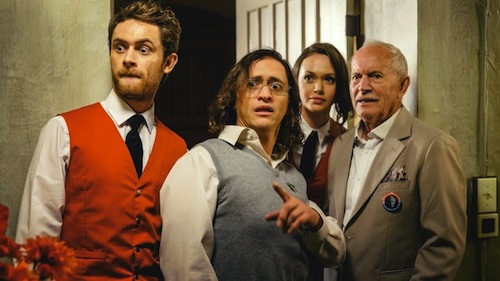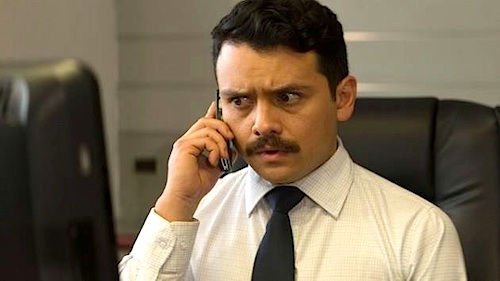
By Joe Bendel. The sports media loves to depict New England Coach Bill Belichick as a football genius and the New York Football Giants’ Tom Coughlin as an anachronistic disciplinarian. However, Belichick has an O and 2 record against Coughlin in the Super Bowl, so the New York coach must be an even smarter genius. Of course, Coughlin had help from some spectacular play-making. None stands out more than David Tyree’s one-handed leaping grab to keep the Giants’ fourth quarter go-ahead scoring drive alive. That 2008 Super Bowl catch is chronicled, analyzed, and celebrated in Spike Lee’s documentary short, Greatest Catch Ever, which screened Sunday as part of a special ESPN Sports Film Talk at the 2015 Tribeca Film Festival.
Spike Lee was watching Sports Center one night when he heard Tom Brady describe a teammate’s snag as the best he’d ever seen. That stuck in Lee’s craw and ultimately resulted in this short documentary. The format is simple. Lee interviewed the principle Giants players, in their practice facility, with their Super Bowl XLII and XLVI championship banners ever so conspicuous. Tyree, Coughlin, Plaxico Burress, Eli Manning, and linesman Chris Snee leave the trash-talking to Lee, but he is happy to fill that void.
However, Lee finds ways to open up the film a little, including traveling to the home of former New England safety Rodney Harrison, who is the Bill Buckner of the famous catch. He also compares and contrasts Tyree’s grab with subsequent Giants highlight catches superhumanly pulled in by Mario Manningham and Odell Beckham, Jr.

It is amazing how right Lee is on sports and how wrong he gets nearly everything else. Like Alex Gibney, he should pretty much stick to sports docs (or Scientology exposes, if he wants a real challenge). He was amusing ripping on Belichick both in the film and during the post-screening panel discussion. Yet, to Lee’s credit, he generously gave credit in turn to Harrison, for agreeing to face his ghosts on camera. Tyree, Burress, and Snee were also present, looking fit, and clearly enjoying the opportunity to reminisce and needle each other.
Even Giants fans will be surprised how many stories were intertwined with the big catch (depicted via stills, due to NFL Films’ difficulty playing nice with others). Christians in the audience were especially moved by the role Tyree’s faith played in the famous play. At about half an hour, Greatest Catch Ever always feels brisk and muscular—and never padded. In fact, one suspects Lee could have easily expanded it to forty-five minutes without repeating himself. Altogether, Tribeca’s presentation was a highly enjoyable trip down memory lane. New York Football Giants fans will love it when it eventually airs on ESPN, but the network’s Belichick apologists probably not so much.
LFM GRADE: B+
Posted on April 21st, 2015 at 2:26pm.
